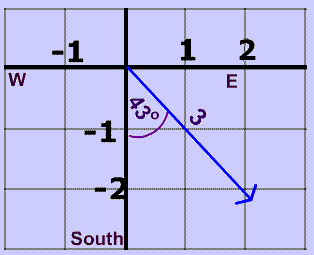
Shear strain is the angle through which the dimension perpendicular to the faces under deforming forces rotates. One pascal is equal to one-newton force over one squared meter area.Īns: Shear or tangential stress is equal to a tangential deforming force per unit area. The sum total of intermolecular restoring forces per unit area is called stress.Īns: Stress is measured in terms of Pascal. This causes intermolecular forces to be generated, restoring the body to its original state once the deforming external forces are removed. Why is stress generated in a material?Īns: When a body is deformed, the intermolecular distance of separation changes from its equilibrium value. Which stress leads to a decrease in the length of an object?Īns: Compressive stress leads to a decrease in the length of an object. Bulk or volume strain is the ratio of change in volume to the original volume. Longitudinal strain is the ratio of change in length to the original length.Īns: Bulk or volume stress is equal to the change in pressure. Deformation is experienced by objects or physical media under the action of external forces- for instance, this may be squashing, ripping, squeezing, twisting, shearing, or pulling the objects apart.Īns: Stress is defined as the restoring force acting per unit area on a material.Īns: Longitudinal stress is equal to the deforming force per unit area. Even minimal forces are known to cause some deformation. Let us look at some of the frequently asked questions about Stress:Īns: A change in shape due to the application of a force is known as a deformation. NCERT Solutions for Class 11 Physics Chapter 9 Students may also check: Learn About Stress-Strain Curve This type of stress is known as hydraulic stress. Now, because of the force exerted by the water, a restoring force develops within the ball that is equal in magnitude but opposite in direction to the force applied by the water. Due to water pressure from all directions, the force acts on the ball the ball seems slightly contracted. It can be visualized in a case of a ball that is dipped in a lake. Hydraulic Stress: It is the restoring force per unit area when a fluid applies force on the body.

Thus, the units of stress will depend upon the units of force and area. Stress is defined as “The restoring force per unit area of the material.” \(F\) is the restoring force, and \(A\) is the cross-sectional area of the given surface. Since stress \(\left( \sigma \right)\) is expressed as a quotient of a force divided by an area, its formula can be given as: It gives an accurate description and prediction of elastic, plastic, and fluid behaviour. Stress, in physical sciences and engineering, is the force per unit area within a material that arises from externally applied forces. Learn Exam Concepts on Embibe Formula to Calculate Stress


When deforming forces act tangentially to the object’s surface, we call them ‘shear’ forces and the stress they cause is called shear stress. In other situations, the acting forces may be neither tensile nor compressive and still produce a noticeable deformation. Bulk stress is observed in a body that is being compressed equally from all sides, for example, a submarine submerged underwater.

When forces cause compression of an object, we call it compressive stress. When forces pull on an object and cause elongation, like the stretching of an elastic band, we call it tensile stress. Thus, stress is a quantity that describes the magnitude of forces that cause deformation on a unit area. Stress is defined as the restoring force acting per unit area of a body.


 0 kommentar(er)
0 kommentar(er)
